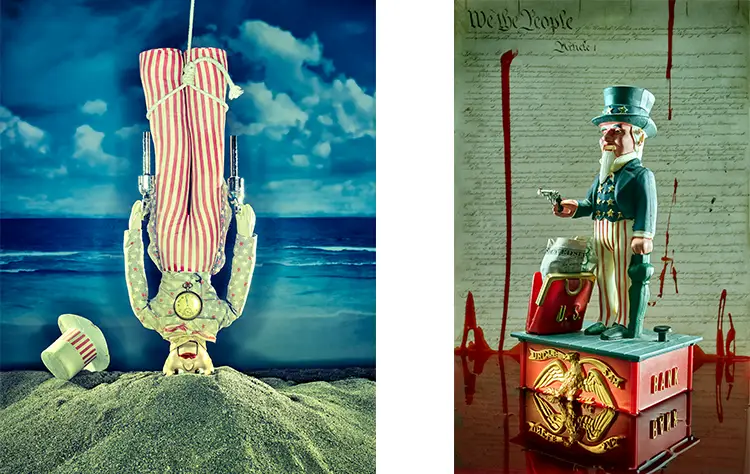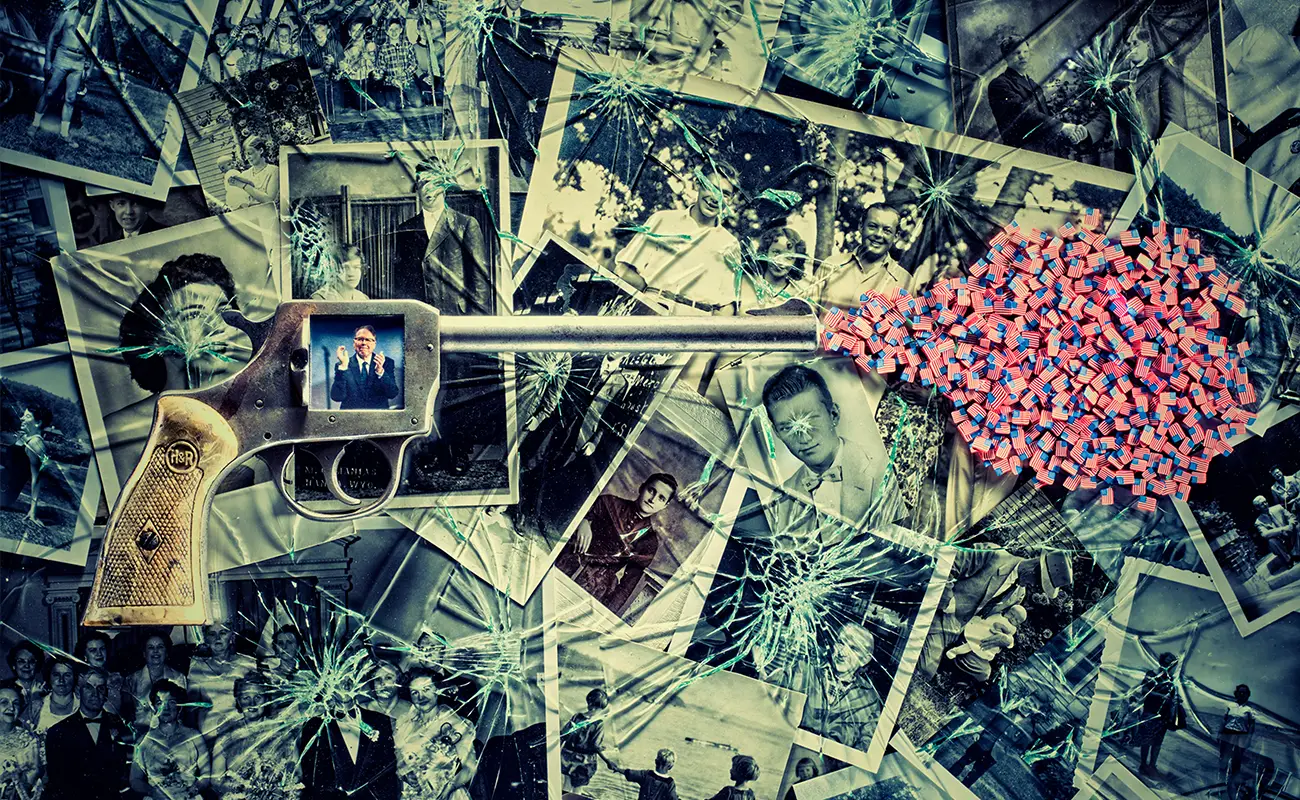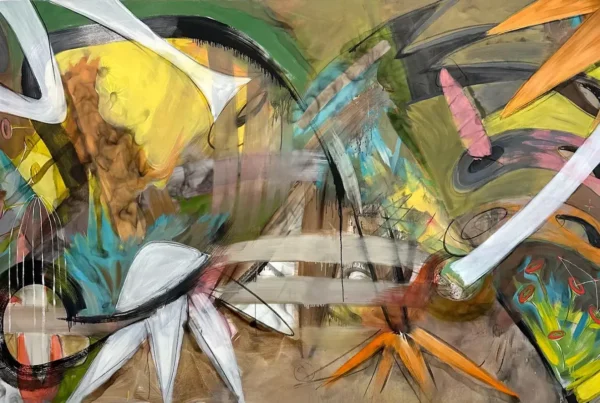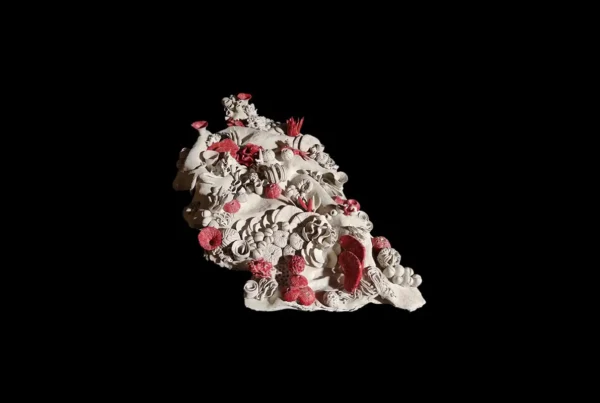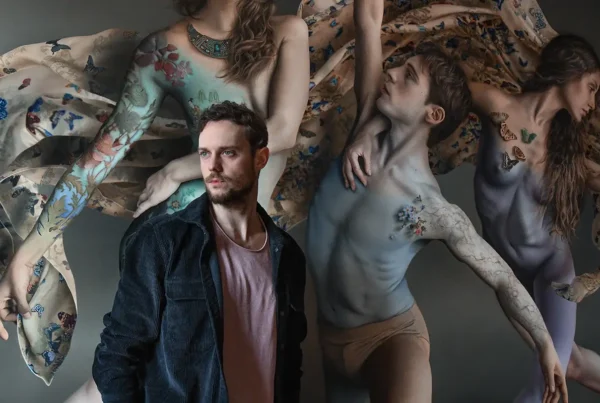“What I am trying to do is bring an awareness to the need to save lives that are being taken in this country.”
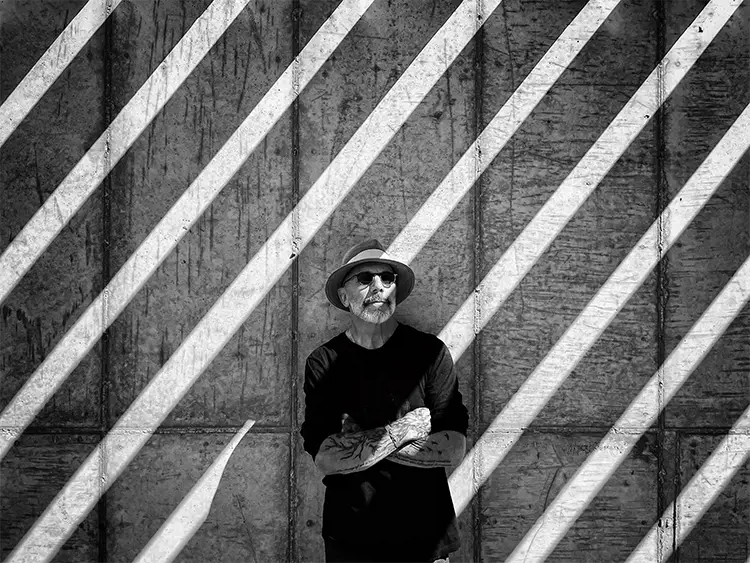
From Commerce to Conscience: A Journey Behind the Lens
Jeff Corwin’s trajectory in photography spans more than four decades, beginning not in the quietude of art galleries but in the dynamic and high-stakes world of commercial photography. With a camera slung over his shoulder, Corwin found himself capturing images in some of the most unpredictable and high-profile environments imaginable—from helicopters flying over industrial sites to the dense terrain of remote jungles and even aboard aircraft carriers. His client roster reads like a who’s who of the global corporate world, including giants such as Apple, FedEx, Boeing, Coca-Cola, Microsoft, and Netflix. Over time, however, Corwin’s pursuit of visual storytelling evolved from satisfying corporate narratives to addressing deeper, more urgent social commentaries through fine art photography.
This professional pivot did not mark a departure from his signature visual language. Instead, it sharpened his focus. Corwin’s fine art work retains the crisp geometry and graphic simplicity that defined his commercial style, but now serves more personal, emotionally charged, and politically relevant ends. The same technical rigor and compositional decisiveness he brought to advertising photography now underscores his exploration of form, emptiness, and cultural critique. He values clarity over embellishment, deliberately paring down each image to its structural essence. Shapes, lines, and shadows become his vocabulary, allowing his work to speak without distraction or decorative excess.
Exhibitions of Corwin’s work have spanned the globe, signaling not only his resonance within the art community but also the universal appeal of his themes. From the Royal Scottish Academy in Edinburgh to the Jyväskylä Art Museum in Finland, and from San Francisco’s International Art Museum of America to the Museum of Flight in Seattle, his photographs have occupied walls where innovation and introspection intersect. His pieces, now part of permanent collections and featured in numerous institutions, offer a visual dialogue that transcends national boundaries while remaining deeply rooted in the American experience.
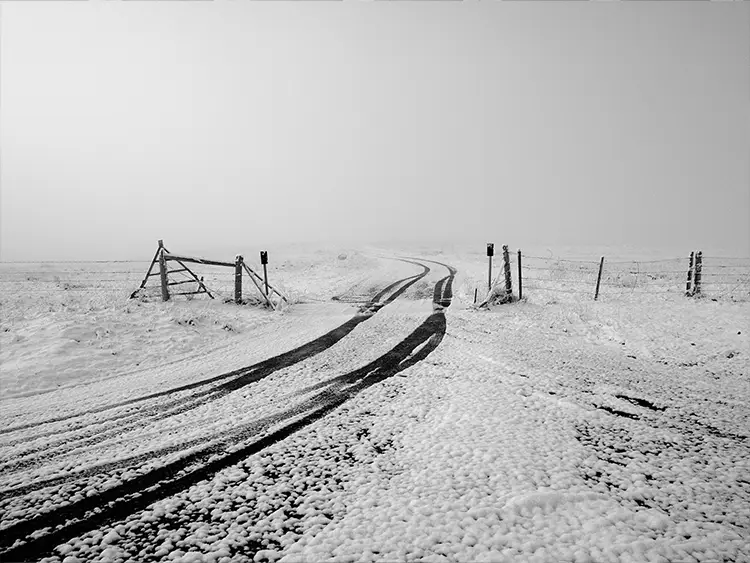
Jeff Corwin: Composing Silence in the Snow
Jeff Corwin’s recent work is shaped as much by his geographical relocation as by his artistic evolution. After decades in Seattle, he moved to Bozeman, Montana, where the vast, desolate winter landscapes of the American West began to inform a new visual lexicon. The season’s stark stillness acts as a blank canvas for Corwin, allowing him to isolate forms and reduce scenes to their most graphic elements. The absence of visual noise during winter creates a powerful visual metaphor for Corwin’s aesthetic: clarity born from reduction, where light, shape, and shadow construct the entire narrative. These landscapes are not romanticized views of nature, but meditative studies in contrast and compositional restraint.
His landscape photography functions almost like a continuation of his advertising work, though the message has changed dramatically. While earlier in his career the image was crafted to serve a product or brand, his current work offers no such agenda. Instead, the goal is introspection and observation. His approach is spontaneous but deeply intuitive; a camera and a drive are often all that is required to begin. Whether he is gone for an afternoon or a week, Corwin’s landscapes emerge from an intentional process of letting the environment speak through minimalism. He embraces the fleeting qualities of light and weather, using them not to dramatize but to clarify.
In stark contrast to the open-road spontaneity of his landscapes, his project “Guns in America” demands a far more methodical approach. Constructed in a studio built atop his home, this series involves the creation of intricate assemblages that visually represent the ongoing crisis of gun violence in the United States. The conceptual groundwork for each piece may linger in his mind for weeks or even months before finding its material form. From sourcing props in antique stores to constructing mini sets and experimenting with lighting techniques, every step is deliberate. These works are not just visual critiques; they are emotionally and politically charged confrontations, shaped with the same discipline and precision that marked his commercial career.
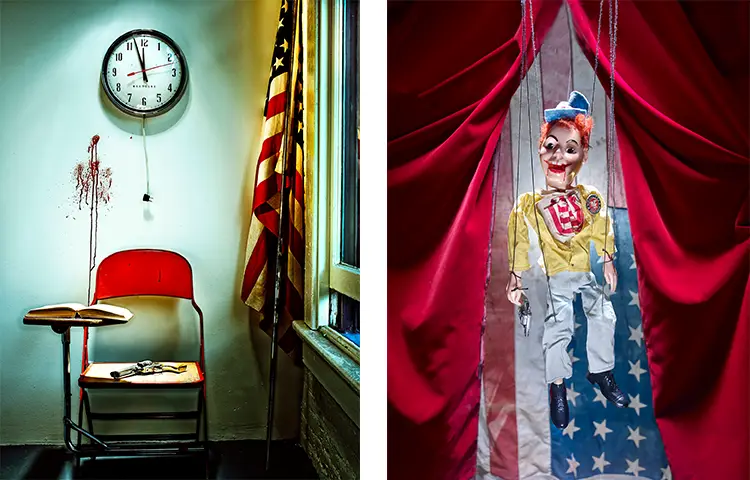
Building the Trigger: The Story Behind “Guns in America”
The origins of “Guns in America” are both personal and political. In 2007, after the passing of his father, Corwin discovered three vintage handguns among his belongings—objects that triggered not nostalgia, but a moral quandary. Although they carried familial weight, they also symbolized a deeper societal crisis that had long disturbed him. The guns were stored away, untouched, until the 2012 Sandy Hook tragedy shifted something within him. No longer able to compartmentalize the issue, Corwin sought a way to confront it. When a friend suggested he photograph the guns before discarding them, the initial emotional detachment slowly transformed into a powerful artistic drive.
In 2013, Corwin finally placed one of the handguns on a studio table, surrounded by studio lights and neutral backdrops. However, it wasn’t until he laid the gun on a square of weathered, rust-covered metal that his vision took shape. A flaking yellow circle became the unexpected visual cue that connected subject to message. This moment marked the beginning of a series where props, color, and lighting combined to voice his disquiet about American gun culture. Wandering through junkyards, antique stores, and digital marketplaces, Corwin collected symbolic objects—currency, clocks, ammunition, religious icons—that would come to populate these deeply layered images. Each photograph is a collage of metaphor, speaking volumes through object and shadow.
The composition of each piece in “Guns in America” is a deliberate act of resistance. Corwin uses bright, unnatural colors and harsh lighting to emphasize the severity and urgency of the subject. The photographs are neither nuanced nor quiet, because the violence they depict is neither rare nor subtle. One image, in particular, “Guns in America #43,” stands out for the artist. It represents a moment when concept and execution aligned perfectly—a successful realization of his emotional and political intent. Through symbols like flags, money, and timepieces, he critiques not only the act of violence itself but the legislative and cultural inertia that allows it to persist. Corwin’s work here is not meant to decorate walls, but to disturb, provoke, and engage.
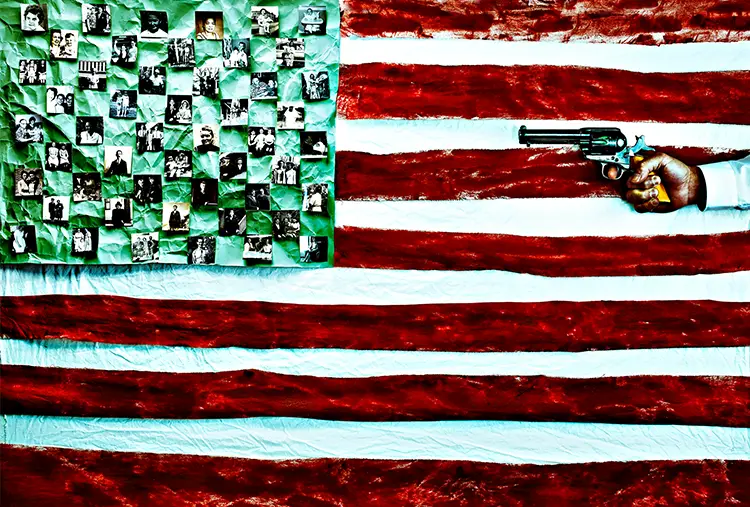
Jeff Corwin: The Persistence of Purpose
Jeff Corwin’s daily process is a study in contrast. One part of his practice thrives on spontaneity, the other on deliberation. For his landscape photography, inspiration begins with motion. He packs up his gear and sets off, guided only by instinct and the pull of light across terrain. These solitary drives through Montana’s winter landscapes offer him both visual material and mental space. The minimalism he captures in these scenes reflects a kind of inner clarity—moments where composition, form, and emotional tone are distilled into a single frame. These works embody the quiet power of observation, offering viewers a reprieve from visual chaos.
In stark contrast, his studio work for “Guns in America” is highly controlled and intensely cerebral. Building each assemblage often requires days of hands-on labor and conceptual reflection. The studio, perched above his home, serves as both sanctuary and workshop. Here, Corwin constructs small dioramas where light and object come together in precise, purposeful arrangements. Once the set is lit and photographed, he steps back, letting the image settle overnight before returning with a fresh eye. This intentional pause allows him to revise and refine without losing sight of his original purpose. Each image is the product of accumulated thought, visual experimentation, and emotional reckoning.
Looking ahead, Corwin remains deeply committed to both his visual paths. His exploration of winter landscapes continues, providing him with a steady outlet for meditative creation. Yet it is the urgency behind “Guns in America” that increasingly fuels his artistic output. The persistence of gun violence in the United States keeps the series alive and evolving, prompting new pieces and new questions. While he remains uncertain about what lies beyond, one thing is clear: Jeff Corwin’s photography refuses to look away. Whether documenting the stark silence of snow-covered plains or the deafening symbolism of firearms, his lens remains focused, unwavering, and profoundly intentional.
